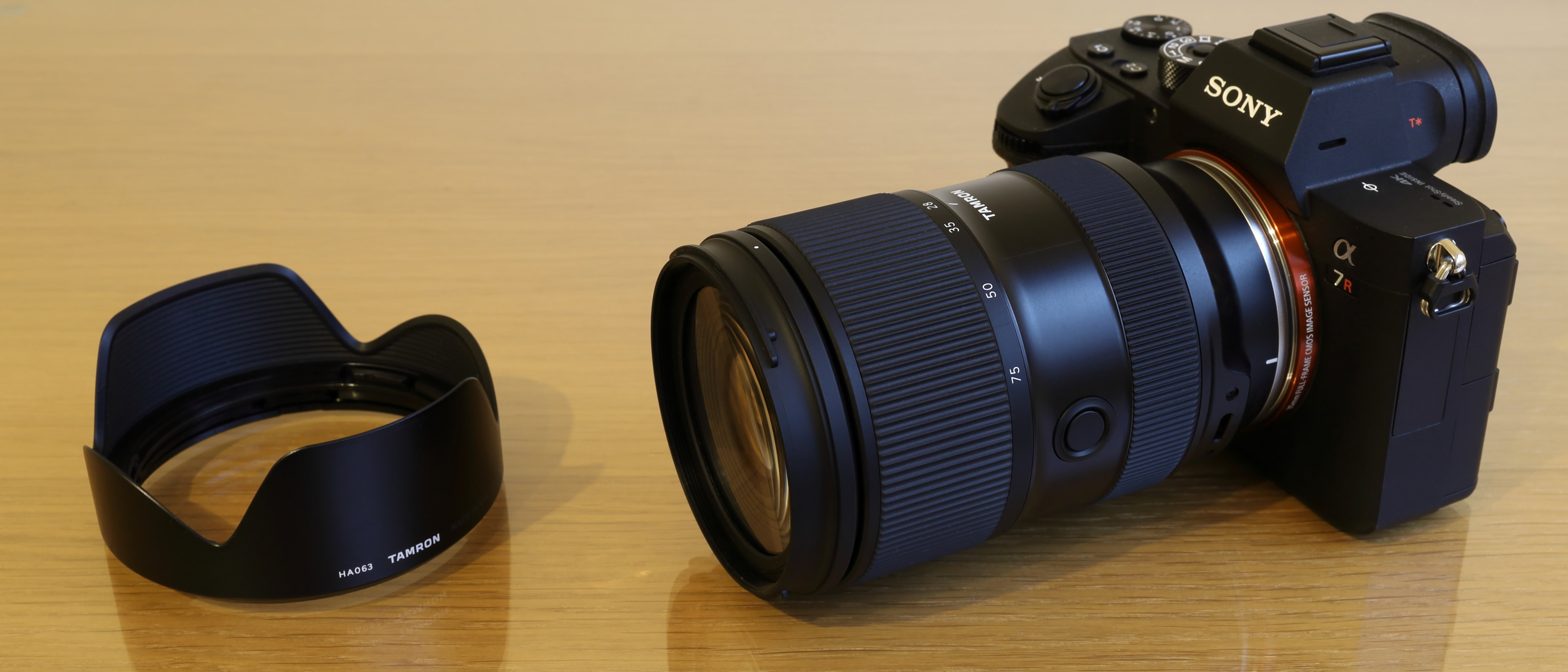Digital Camera World Verdict
We were thoroughly impressed by the original edition of this Tamron lens, which rewrote the rule book for ‘trinity’ standard zooms with a fast and constant f/2.8 aperture. The G2 edition is similarly compact, lightweight and affordable, yet delivers even better image quality and autofocus performance, while adding a USB C socket and a host of smart features, which you can customize with Tamron’s free Lens Utility software. It’s simply a fabulous lens that’s now even more versatile. And more recently, it's become available in Nikon Z mount as well as just in Sony E mount.
Pros
- +
Smart feature set
- +
Outstanding performance
- +
Refined build and handling
Cons
- -
Less ‘wide-angle’ than a 24-70mm zoom
- -
No optical stabilization
Why you can trust Digital Camera World
The Tamron 28-75mm f/2.8 Di III RXD G2 is something of a modern classic, reinvented. The original edition was excellent in every way, shoehorning a useful ‘standard’ zoom range and fast, constant f/2.8 aperture rating into a compact yet high-quality construction. Nikon has since followed suit with its Z 28-75mm f/2.8. Naturally, these lenses lack the wider viewing angle of 24-70mm zooms but gain a few extra millimeters at the long end. Tamron’s ‘Generation 2’ lens adds new thrills and frills, making it an even more desirable option for Sony full-frame E-mount cameras, although it still lacks optical stabilization, which owners of early A7 cameras and most APS-C format Sony bodies might feel is a drawback. The same goes for the Z mount version of the G2 lens for Nikon mirrorless cameras.
Specifications
Mount: Nikon Z (FX) Sony E (FE)
Full-frame: Yes
Autofocus: Yes
Stabilization: No
Lens construction: 15 elements in 15 groups
Angle of view: 75-32 degrees
Diaphragm blades: 9
Minimum aperture: f/22
Minimum focusing distance: 0.18m (W) 0.38m (T)
Maximum magnification ratio: 0.37x (W) 0.24x (T)
Filter size: 67mm
Dimensions: 76x118mm
Weight: 540g
Key features
First up in the features list is a redesigned optical layout, aiming to increase resolution and all-round image quality. LD (Low Dispersion) and GM (Glass Molded aspherical) elements are featured, along with high-tech coatings. The autofocus system is also revamped, now based on a VXD (Voice-coil eXtreme-torque Drive) linear stepping motor that’s twice as fast as in the original lens. As you’d expect, the lens is compatible with Fast Hybrid AF and Eye AF where featured in Sony camera bodies. The G2 can also focus marginally closer, giving a slightly greater maximum magnification ratio.
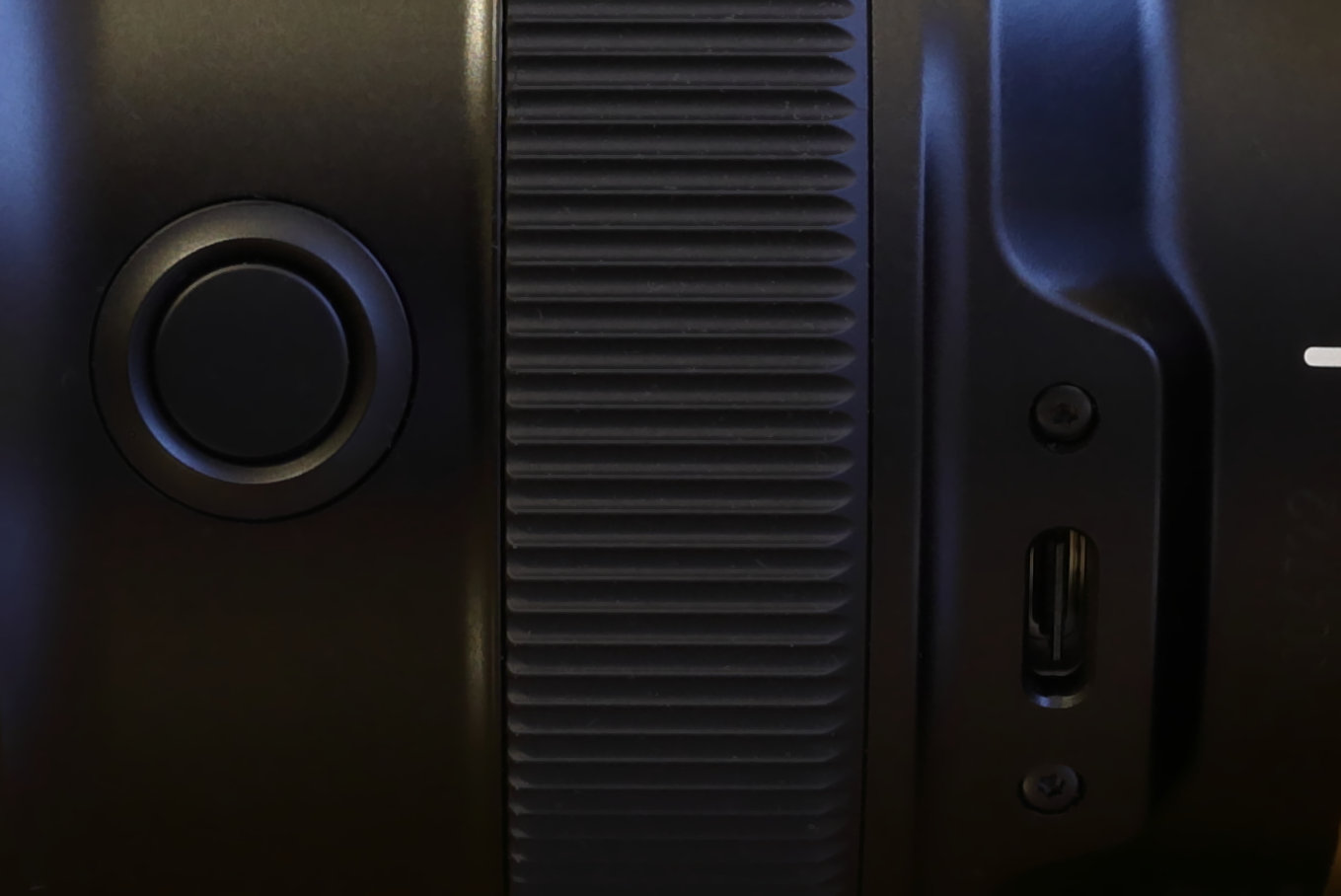
Another new feature in the G2 is that it includes a USB C socket and smart functions which you can customize by using the Tamron Lens Utility software, available as a free download for Mac and PC. This enables you to reverse the direction of the focus ring and set its overall travel to 90, 180, 270 or 360 degrees. You can also assign the lens’s function button to operations like focus preset, selection of AF/MF modes and a crafty A-B Focus mode. This allows you to store two separate focus distances and switch between them with subsequent presses of the button, complete with a range of transition speeds. You can also assign alternative functions to the focus control ring, like stepless aperture adjustment, and apply firmware updates as and when they become available.
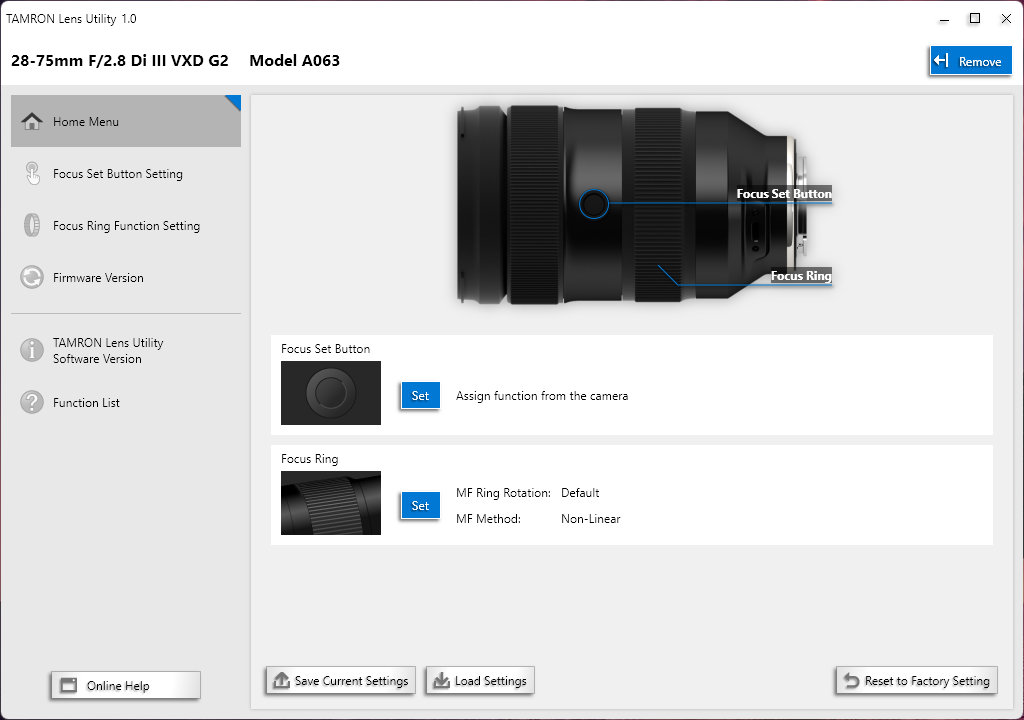
Build and handling
The build quality and handling of the original lens were very good indeed, especially considering the modest asking price. Again, the G2 brings improvements with a redesigned, more ergonomic barrel, a more scratch-resistant finish and a more tactile feel to the zoom and focus control rings. It still incorporates multiple weather-seals with the addition of a fluorine coating on the front element to repel moisture and grease, and ease cleaning.
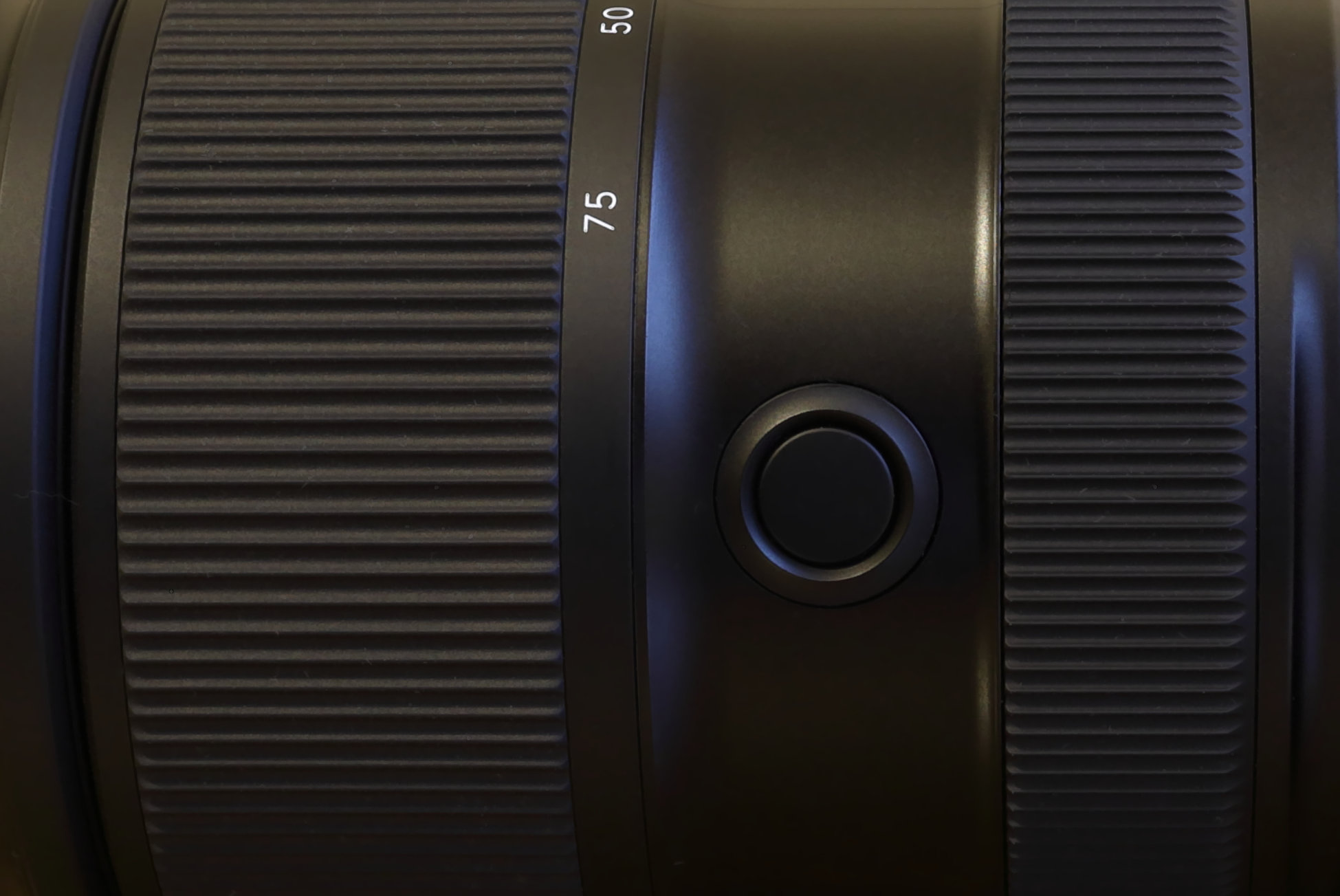
Performance
True to its promise, the G2 proved sharper than the original lens in our lab-tests. Center-sharpness is better at most combinations of zoom and aperture settings, and there’s a considerable enhancement in mid/edge-sharpness, all the way out to the extreme corners. Minimal levels of chromatic aberrations and distortions are retained in the new lens, which can be further reduced by the option of using in-camera auto corrections.
Along with impeccable sharpness, contrast and color quality, the G2 boasts very pleasing bokeh for an f/2.8 lens, both wide-open and when stopping down a little.
Sample images






EXIF: Sony A7R III + Tamron 28-75mm f/2.8 Di III RXD G2 (75mm, 1/400 sec, f/2.8, ISO 200)
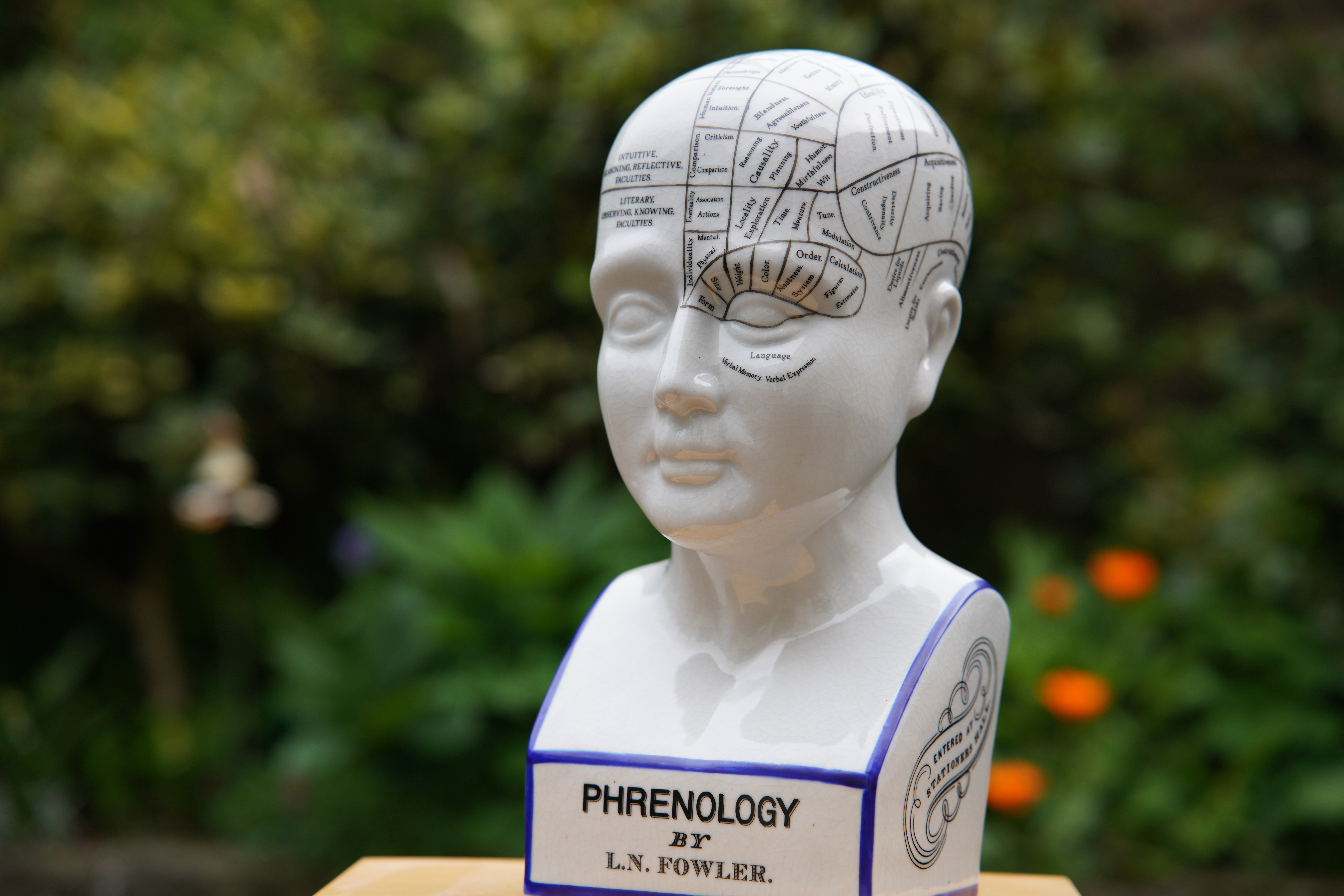
EXIF: Sony A7R III + Tamron 28-75mm f/2.8 Di III RXD G2 (75mm, 1/250 sec, f/4, ISO 200)
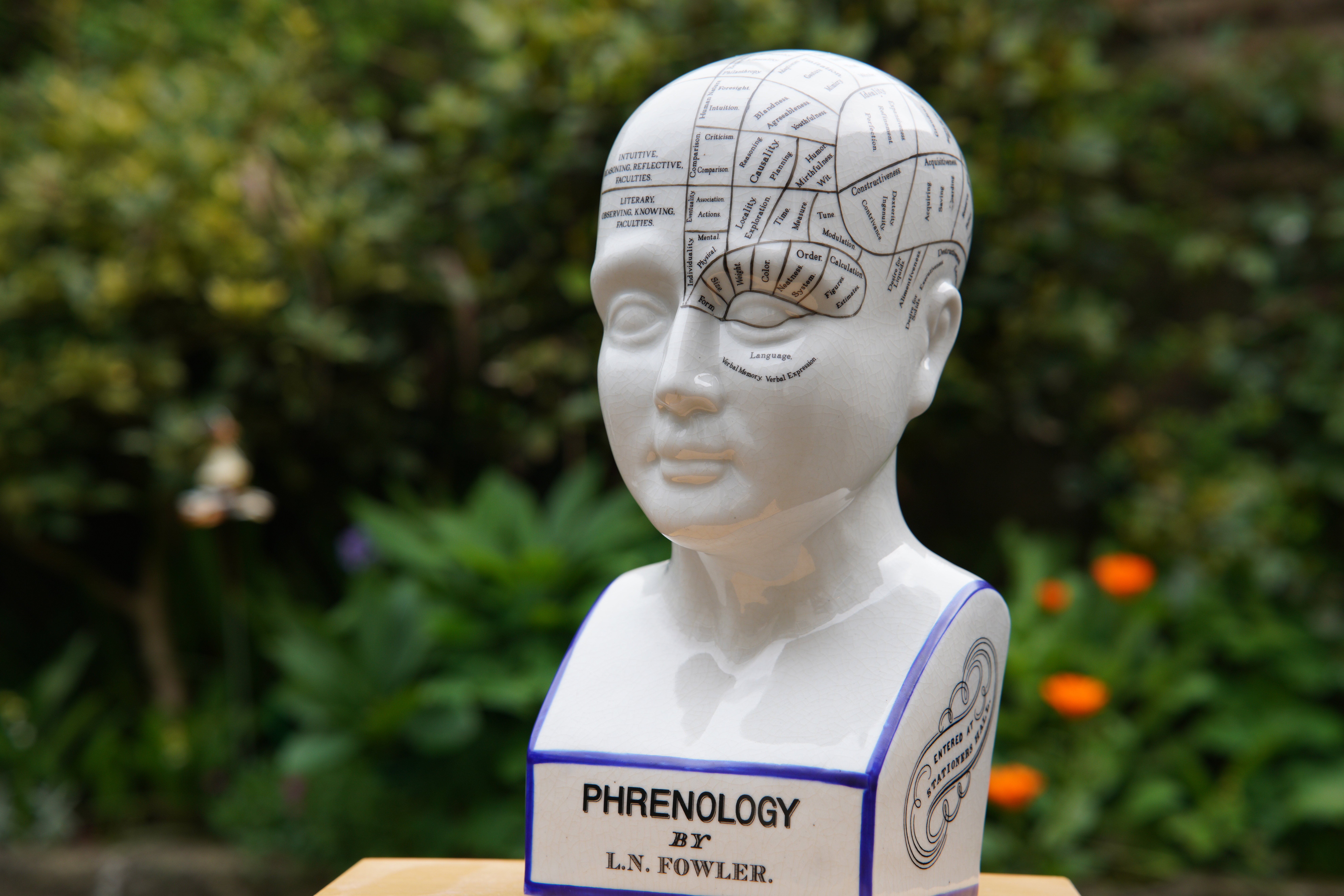
EXIF: Sony A7R III + Tamron 28-75mm f/2.8 Di III RXD G2 (75mm, 1/100 sec, f/5.6, ISO 200)
Lab results
We run a range of lab tests under controlled conditions, using the Imatest Master testing suite. Photos of test charts are taken across the range of apertures and zooms (where available), then analyzed for sharpness, distortion and chromatic aberrations.
We use Imatest SFR (spatial frequency response) charts and analysis software to plot lens resolution at the center of the image frame, corners and mid-point distances, across the range of aperture settings and, with zoom lenses, at four different focal lengths. The tests also measure distortion and color fringing (chromatic aberration).
Sharpness:
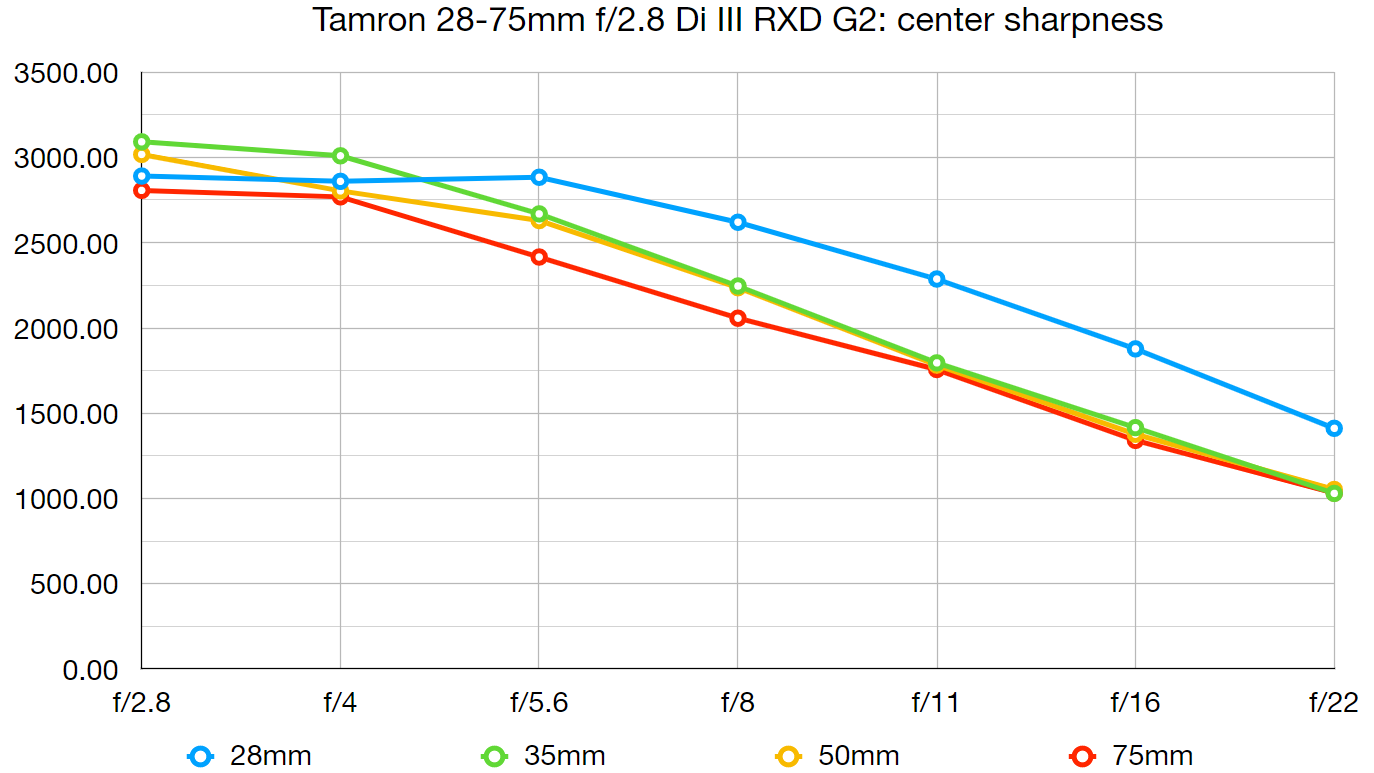
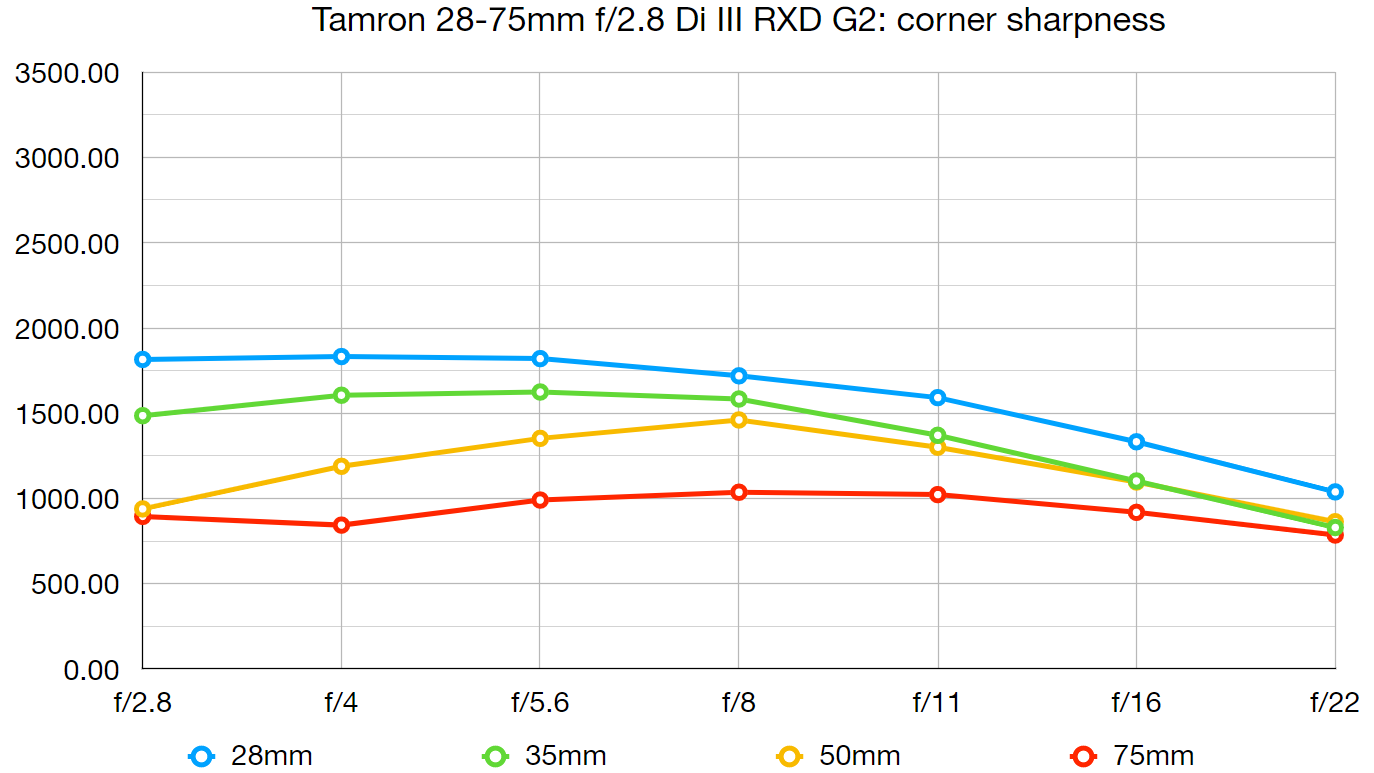
Compared with the original lens, the G2 delivers greater center-sharpness, with exceptional scores throughout the zoom range. Edge-corner sharpness is very much improved in the 28-35mm sector, with a more modest improvement at longer zoom settings.
Fringing:

At both ends of the zoom range, the G2 produced marginally more lateral chromatic aberration towards the corners of the image frame than the original lens, but it remains very minimal even without using in-camera auto corrections.
Distortion:
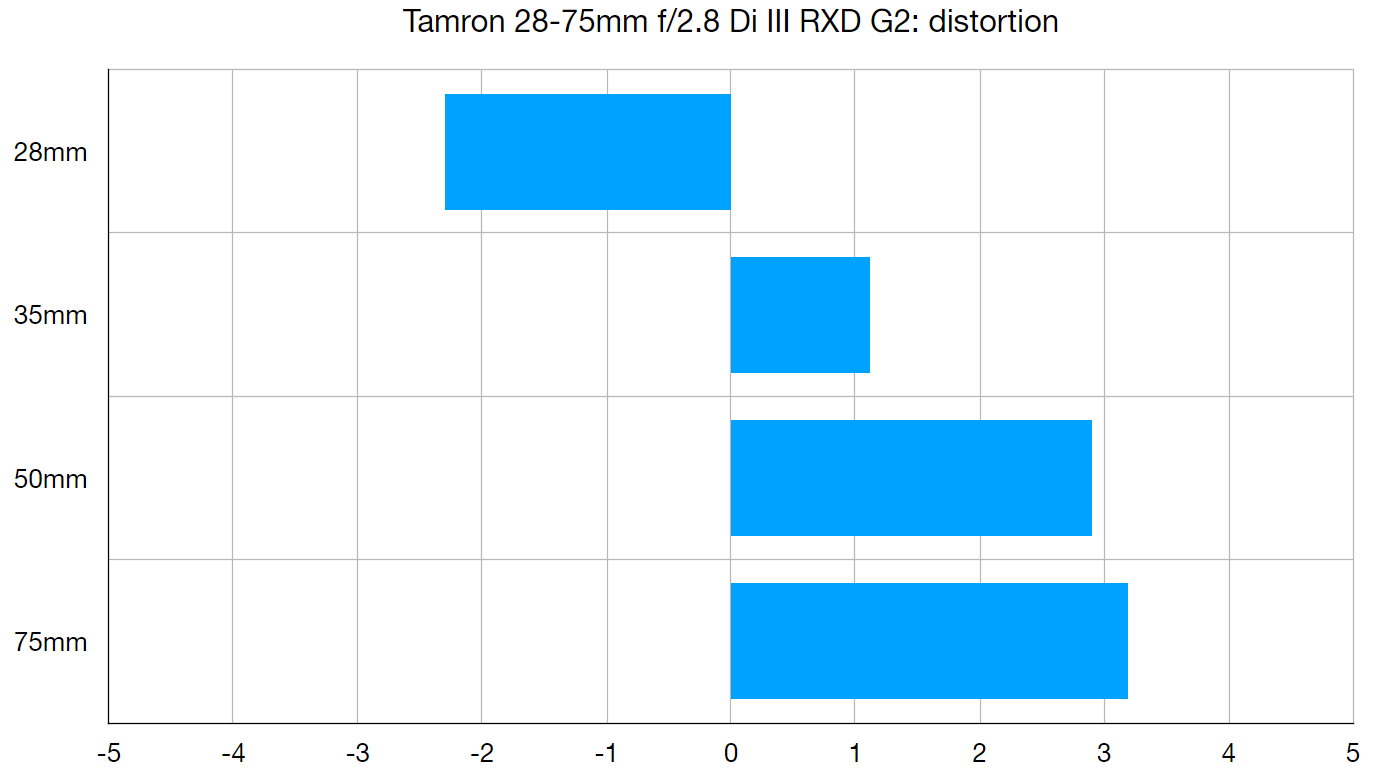
There’s a slight increase in barrel distortion at 28mm, along with more noticeable pincushion in the 35-75mm sector of the zoom range. As with many lenses designed for mirrorless cameras, the G2 benefits from automatic in-camera corrections to reduce distortion.
Verdict
We were thoroughly impressed by the original edition of this Tamron lens, which rewrote the rule book for ‘trinity’ standard zooms with a fast and constant f/2.8 aperture. The G2 edition is similarly compact, lightweight and affordable, yet delivers even better image quality and autofocus performance, while adding a USB C socket and a host of smart features, which you can customize with Tamron’s free Lens Utility software. It’s simply a fabulous lens that’s now even more versatile.
Read more:
• Best camera lenses to get
• Best Canon lenses
• Best Nikon lenses
• Best Sony lenses
Matthew Richards is a photographer and journalist who has spent years using and reviewing all manner of photo gear. He is Digital Camera World's principal lens reviewer – and has tested more primes and zooms than most people have had hot dinners!
His expertise with equipment doesn’t end there, though. He is also an encyclopedia when it comes to all manner of cameras, camera holsters and bags, flashguns, tripods and heads, printers, papers and inks, and just about anything imaging-related.
In an earlier life he was a broadcast engineer at the BBC, as well as a former editor of PC Guide.

